Introduction to sustainable textile printing
In recent years, the fashion industry has witnessed a growing demand for sustainable practices. Accordion to European Parliament Textile production is estimated to be responsible for about 20% of global clean water pollution from dyeing and finishing products.
Consumers are becoming more conscious of the environmental impact of their clothing choices without compromising print quality, prompting the textile printing sector to embrace eco-friendly alternatives. Sustainable textile printing offers a promising solution to reduce the industry’s carbon footprint and promote greener practices. In this article, we will explore five effective ways to achieve sustainable textile printing without compromising on quality and creativity.
Waterless Printing Technology
Waterless printing is an offset lithographic printing process that removes the need for water or dampening systems used in traditional printing. Instead, waterless presses utilize a unique silicone rubber-coated printing plate, and special ink, and usually incorporate a temperature control mechanism on the press. Traditional textile printing processes often consume vast amounts of water, leading to significant water wastage and environmental strain. However, the adoption of waterless printing technology is revolutionizing the industry to achieve sustainable textile printing. Waterless printing employs innovative techniques that use little to no water during the printing process. This approach not only conserves water but also reduces the risk of water pollution by eliminating the discharge of harmful chemicals into water bodies.
Use of Sustainable Inks
Conventional textile inks often contain harmful chemicals and heavy metals that contribute to soil and water pollution. The textile printing industry can significantly decrease its environmental impact by shifting towards eco-friendly inks. Sustainable inks include vegetable, UV, algae, and water-based inks. These inks are made from natural and sustainable materials, and they strive to reduce harmful chemicals, toxins, and volatile organic compounds (VOCs) commonly found in conventional printing inks. These eco-friendly inks also ensure that the printed textiles are safe for both consumers and the environment, fostering a more sustainable product lifecycle.

Examples of some Sustainable Textile Printing Inks:
Vegetable-Based Inks: These inks are derived from vegetable oils, such as soybean, corn, or linseed oil. They are renewable resources and emit fewer VOCs during the printing process, contributing to cleaner air quality.
Water-Based Inks: Water-based inks utilize water as a carrier, reducing the need for harmful solvents. They are often used in flexographic and digital printing and are considered more environmentally friendly than their solvent-based counterparts.
UV-Curable Inks: These inks are cured using ultraviolet (UV) light rather than heat, which reduces energy consumption during the printing process. They contain fewer volatile organic compounds and produce less hazardous waste.
Recycled Inks: Recycled inks are made from reprocessed ink cartridges or leftover ink, minimizing waste and resource consumption.
Low-VOC Inks: Inks labeled as low-VOC have reduced levels of volatile organic compounds, making them less harmful to both human health and the environment.
Biodegradable Inks: These inks are designed to break down naturally over time, reducing the environmental impact after disposal.
Plant-Based Inks: Inks derived from natural sources like algae, mushrooms, or other plant-based materials are gaining popularity for their sustainability.
Digital Printing for Sustainable Textile Printing
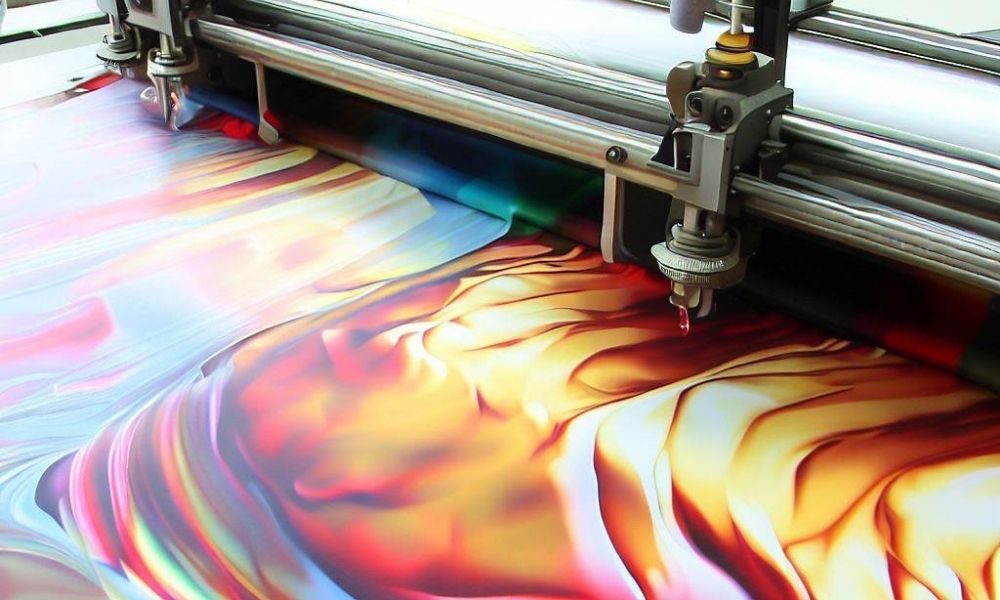
Digital textile printing has emerged as an environmentally friendly alternative to traditional screen printing methods. In a recent FESPA article “A traditional rotary screen machine printing 12 colours at 3.6 metres wide, with a steam or gas dryer, automated colour kitchen and screen washing zone, will take over 5,000 square feet of factory space. In contrast, a similar digital print machine, using the same components will take less than 400 square feet.”
Digital printing allows for precise ink placement, resulting in minimal ink wastage and reduced production costs. The water saving by the digital textile printer is 600% compared to traditional printing machines. By employing this technology, textile manufacturers can optimize their production processes, leading to a reduction in energy consumption and a decrease in the overall environmental footprint. Our Innoprinter technology presents a practical dry printing system that is characterized by its clean result, as it requires no handling inks. This printing system leaves the garment totally dry and ready to manipulate at some truly affordable costs.
Recycling and Upcycling for Sustainable Printing
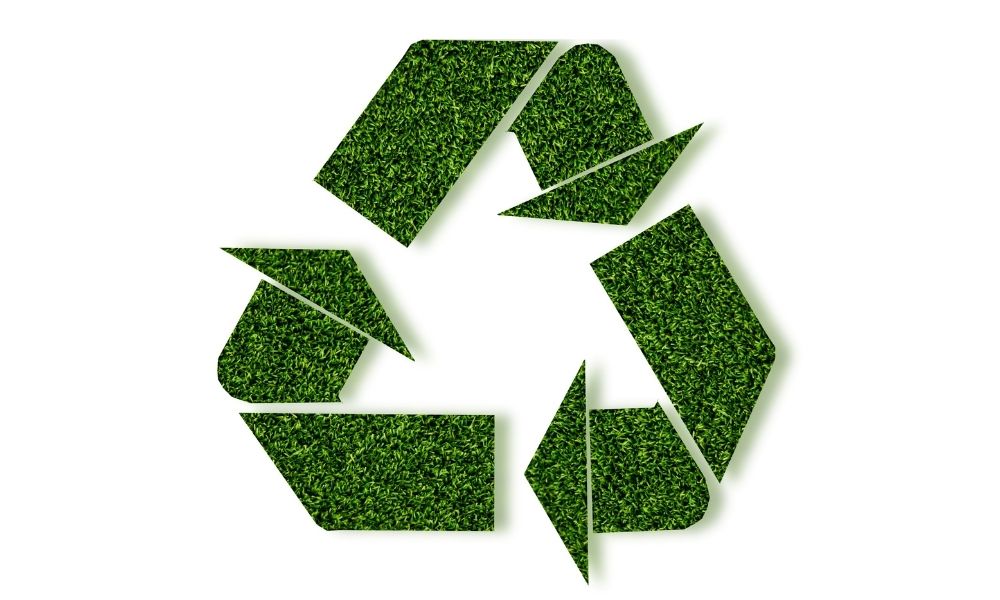
Embracing recycling and upcycling practices can significantly contribute to sustainable textile printing. Technological advancements have simplified the process of recycling and repurposing materials for printers, leading to a reduction in the industry’s overall waste production. By reusing materials and fabrics, manufacturers can reduce the demand for new resources, conserving energy and minimizing waste. Upcycling, in particular, offers a creative way to transform discarded textiles into new, valuable products, reducing the burden on landfills and promoting a circular economy. Promoting circular design principles by creating textiles that can be easily disassembled and recycled at the end of their lifecycle. This approach ensures that the materials stay in circulation and minimizes waste generation.
Energy-Efficient Machinery for Sustainable Textile Printing
Investing in energy-efficient printing machinery is a crucial step toward sustainability in textile printing. By using equipment that consumes less energy, manufacturers can reduce their greenhouse gas emissions and overall environmental impact. Additionally, utilizing renewable energy sources to power these machines further enhances their eco-friendliness, making them an integral part of sustainable textile printing practices.
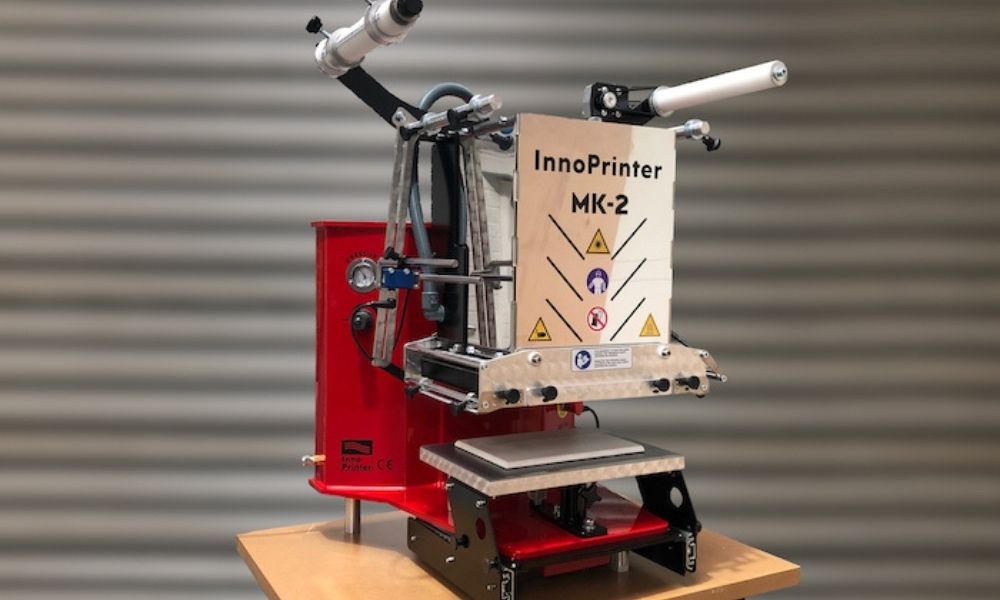
Our Industry leading InnoPrinter® MK2 semi-automatic heat transfer presses is capable of over 500 multi-color prints per hour. Which makes it one of the most energy-efficient textile printing machines on the market
Conclusion
Sustainable textile printing is not merely a trend; it is an essential step toward preserving our planet for future generations. By adopting waterless printing technology, eco-friendly inks, digital printing, recycling, upcycling, and energy-efficient machinery, the textile printing industry can effectively reduce its environmental impact. Embracing these practices not only benefits the environment but also allows businesses to cater to the rising demand for sustainable and ethical fashion choices.
FAQs
Why is sustainable textile printing essential?
Sustainable textile printing helps reduce the fashion industry’s environmental impact, conserves resources, and promotes eco-friendly choices for consumers.
Is Innotransfers eco-friendly?
Yes, all our transfers have the OEKO TEX STANDARD 100, our transfers, after being printed can be in contact with baby skin.
How does recycling and upcycling contribute to sustainable textile printing?
Recycling and upcycling help reduce waste and the demand for new resources, promoting a circular economy in the industry.
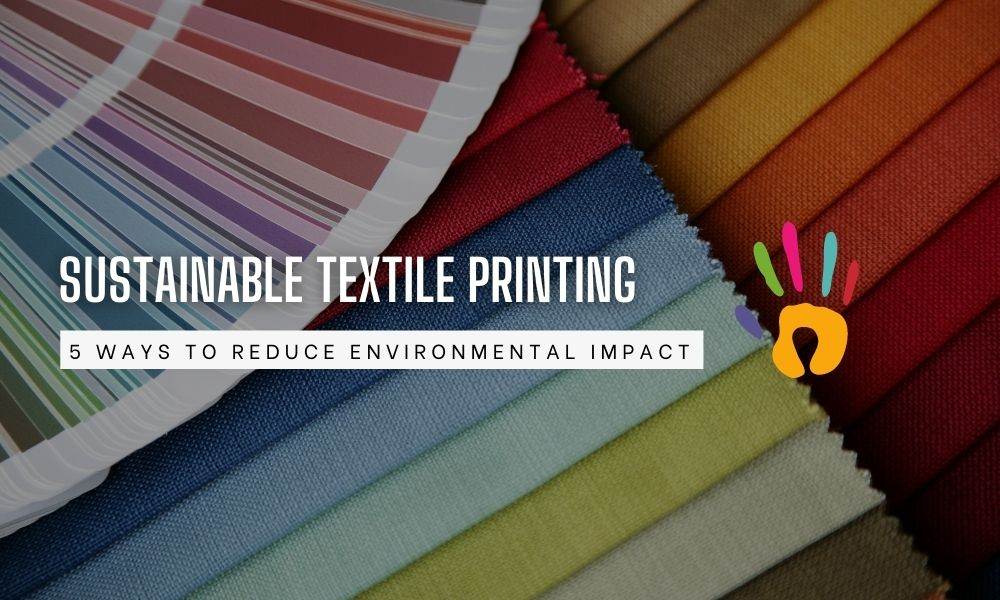
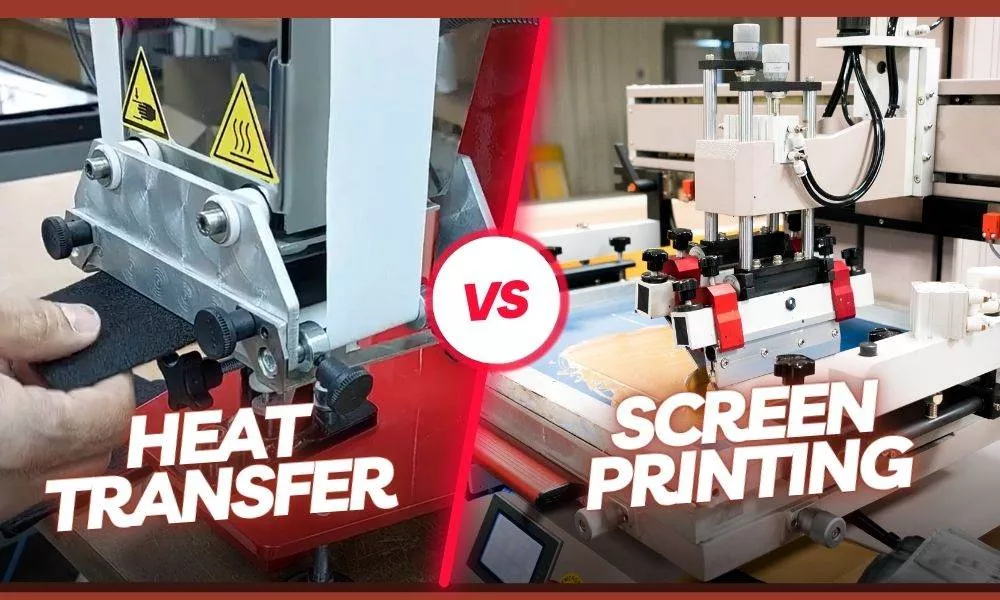
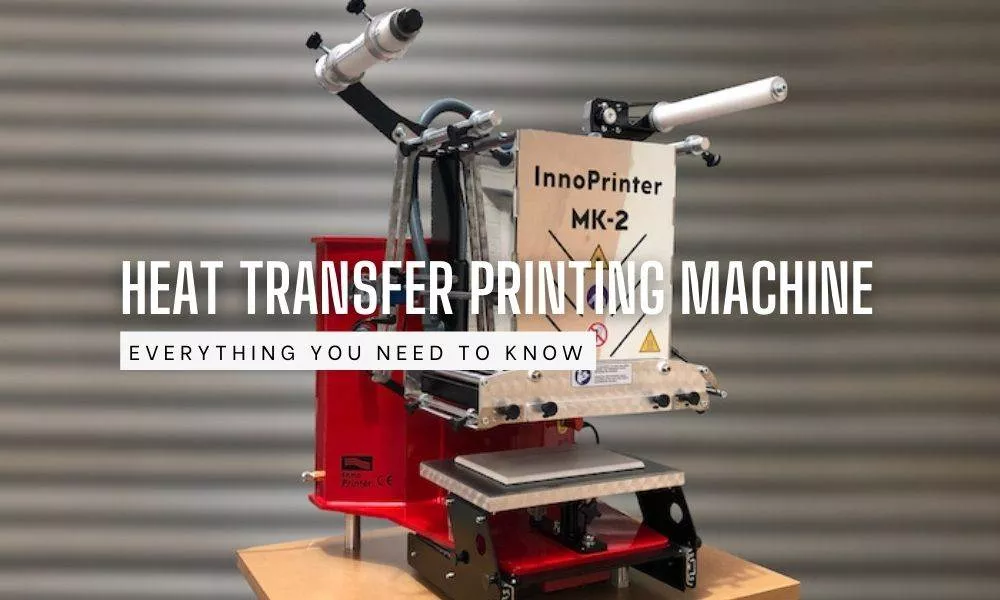
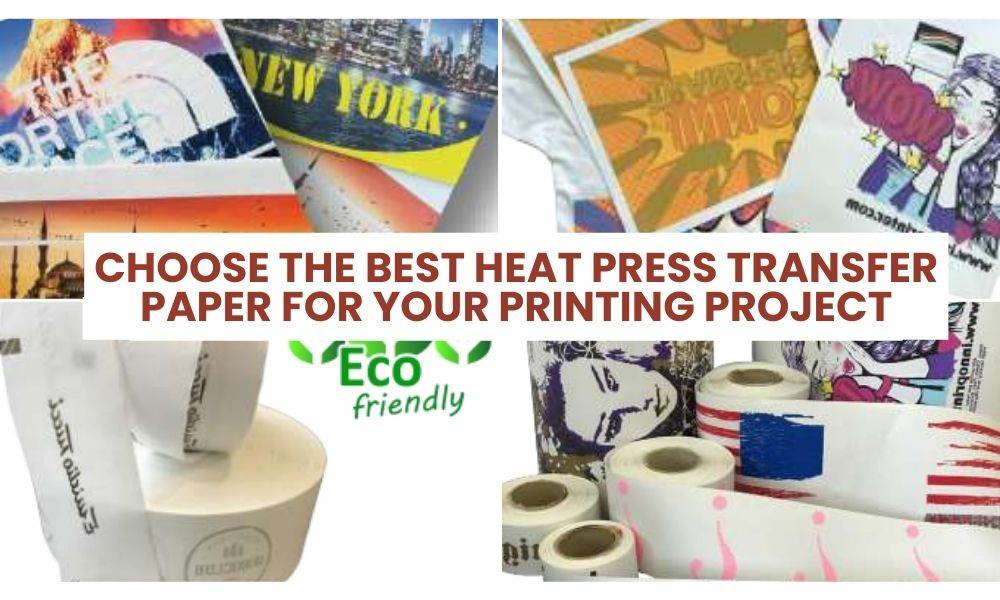
Your foundation is a material wonder, offering an unrivaled scope of imaginative textures. The quality and assortment say a lot about your obligation to greatness.
Thank you so much for the feedback! Stay connected with us for more like this.
Great article! I love how it explains digital printing on textiles in such a simple way. The eco-friendly printing aspect caught my attention – it’s fantastic to see the textile industry embracing sustainable practices. It’s reassuring to know that technology is advancing in a way that benefits both the environment and the quality of the final product. Keep up the good work in spreading awareness about eco-friendly options in textile printing
https://screenprintdirect.com/
Your comment about the eco-friendly aspect of digital printing resonates deeply. It’s encouraging to see an entire industry shifting towards sustainable practices, and as an innovative printing solution provider with a sustainable way of printing, we believe technology plays a crucial role in this transition.